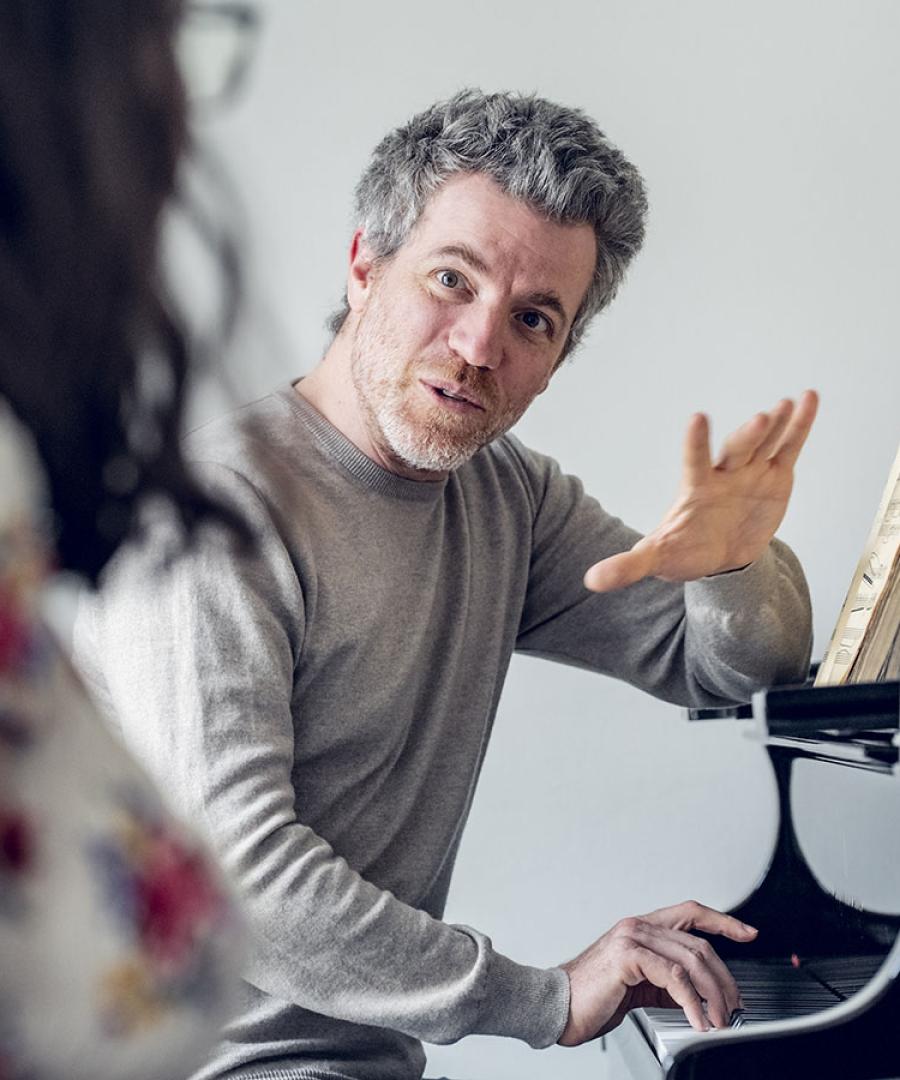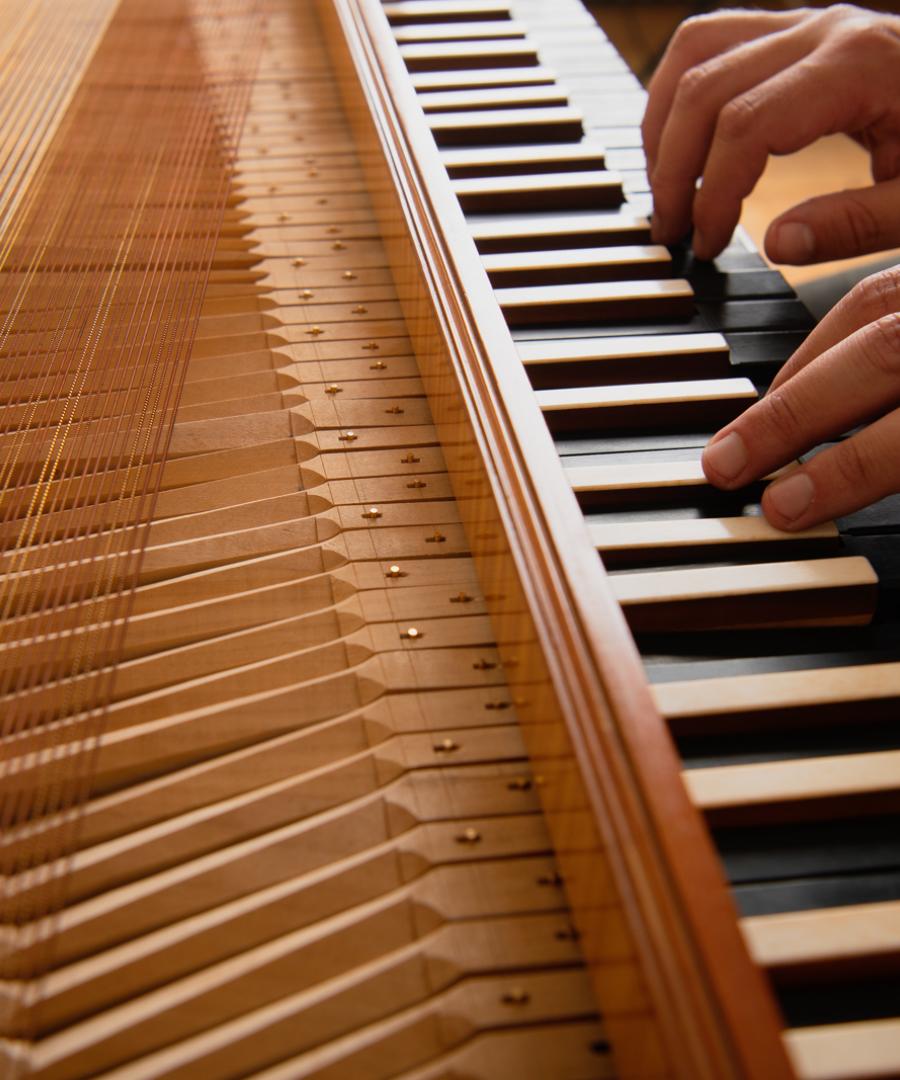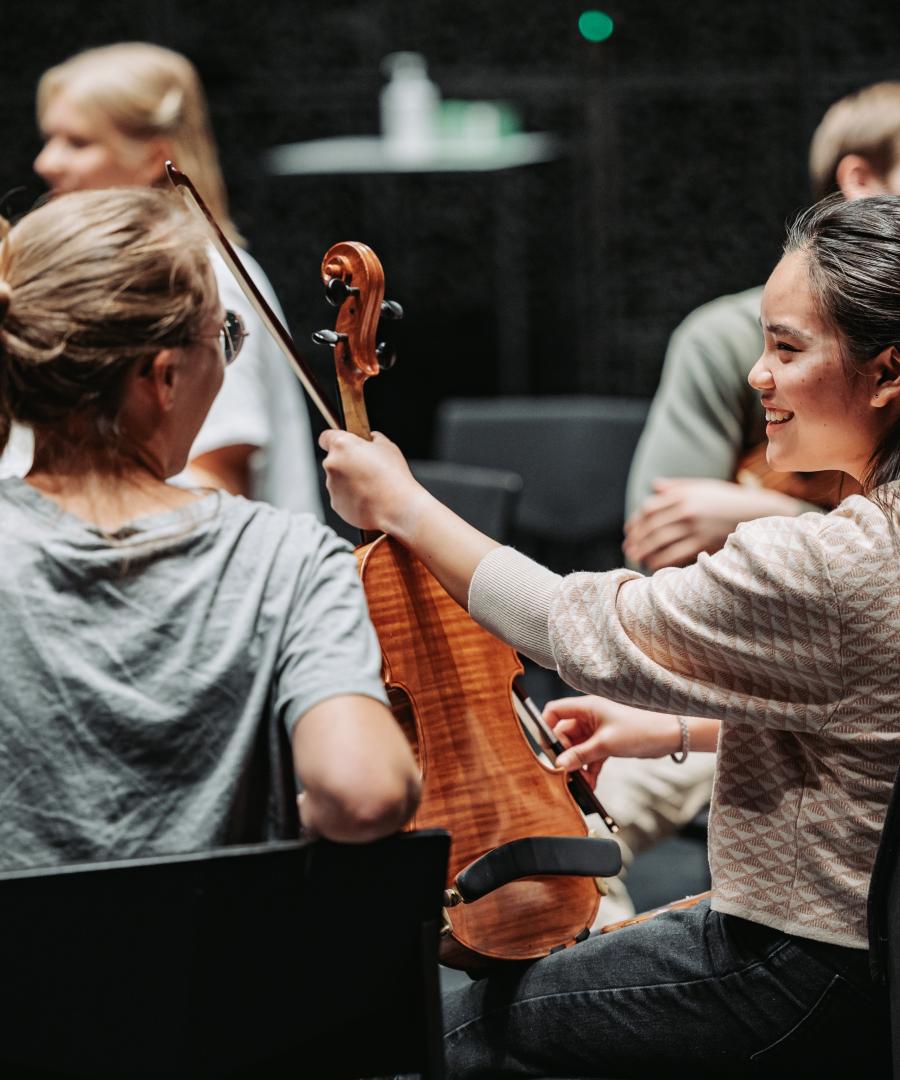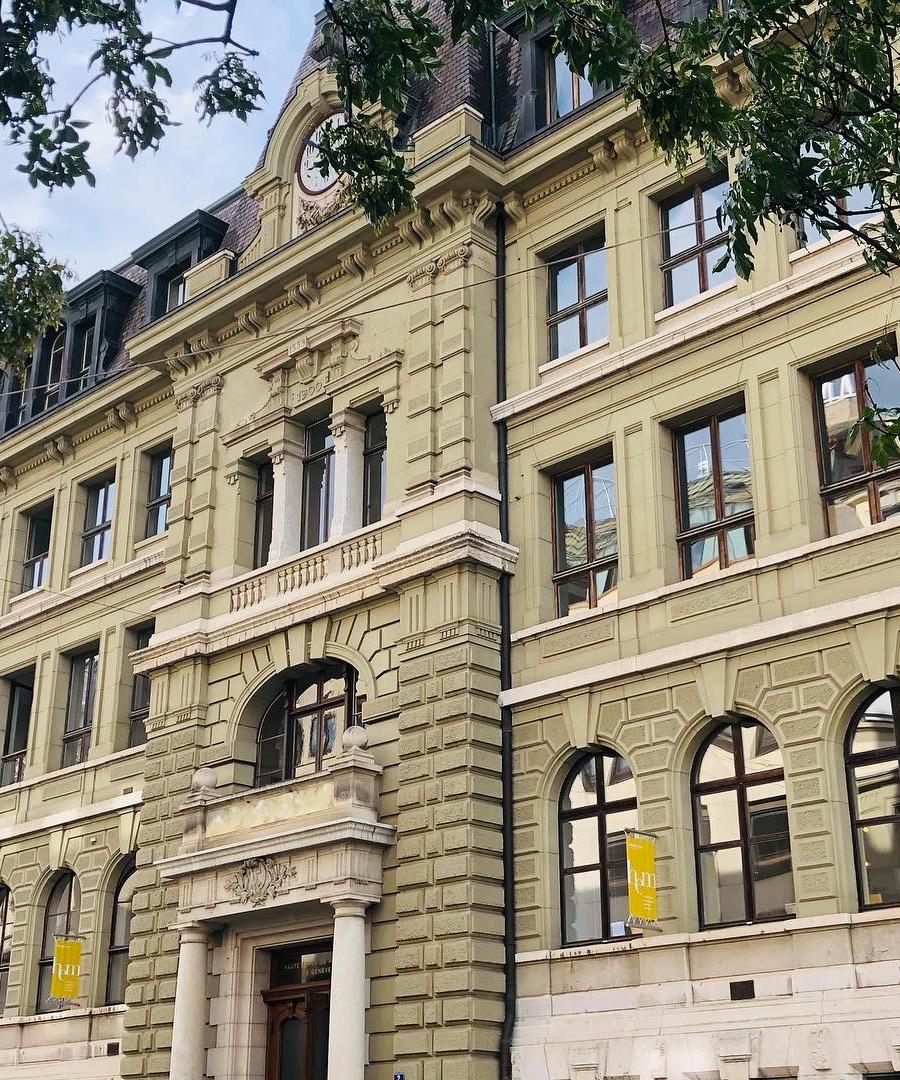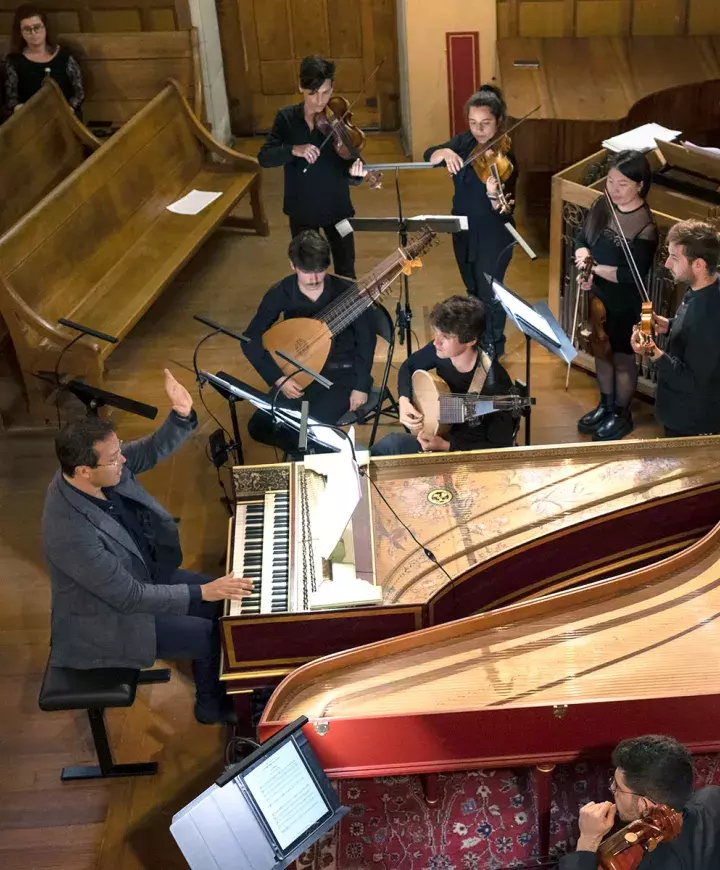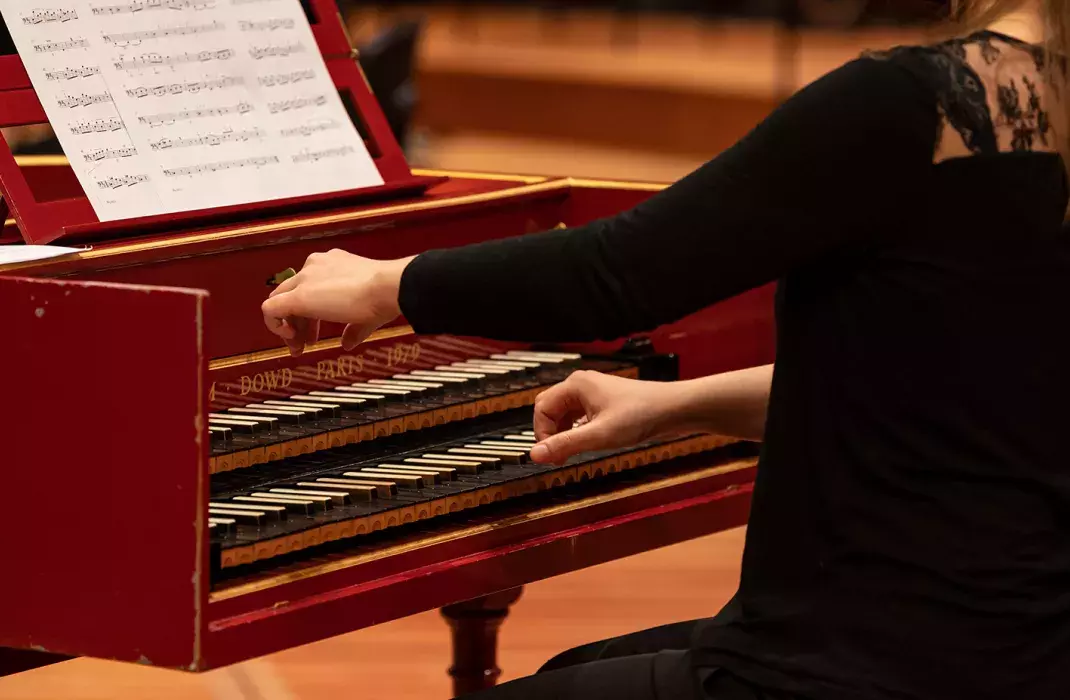- Studies
- Disciplines
- Research
- Events
- The school
Maestro al cembalo and conducting of baroque ensembles
This area of study prepares instrumentalists, conductors and singers for the directing of instrumental and/or vocal ensembles in the field of historical interpretation.
The rapid development of baroque music has led to new practices in the conducting of ensembles. Directing a baroque ensemble is seen as a very different kind of role from the work of a traditional orchestra conductor. We know from the iconography that historically, a harpsichord master had to be able, whilst improvising the bass line, to conduct an instrumental ensemble, soloists, a choir, or even the staging of an entire opera. Equally, instrumentalists and singers must be capable of leading an ensemble from their seat while playing, and from a piano.
Study plan
Abbreviations :
e = marked exam
p = validation by participation
rs = internship report
ce = co-assessment
cc = continuous assessment
SA = autumn semester
SP = spring semester
A1, A2, etc. = level of the course (first, second year, etc.)
S1, S2, etc. = level of the course (first, second semester, etc.)
Admission criteria
The Maestro al cembalo area of study is accessible to students who may or may not be keyboardists, and who have benefited from good first-cycle training in the field of historical or modern interpretation. Advanced practice on the basso continuo, and the ability to lead an ensemble and undertake research into the historical repertoire are prerequisites.
Master’s Project
The Master’s coursework consists of preparing and producing, at two concerts, works that involve a variety of conducting situations: they may be instrumental, choral or lyrical works. The repertoire must, at least in part, be formed of works that are not widely known or have not been published, where some arrangement and editing work is needed. The Master’s coursework connected to this new repertoire is drawn up and commented on at a viva.
